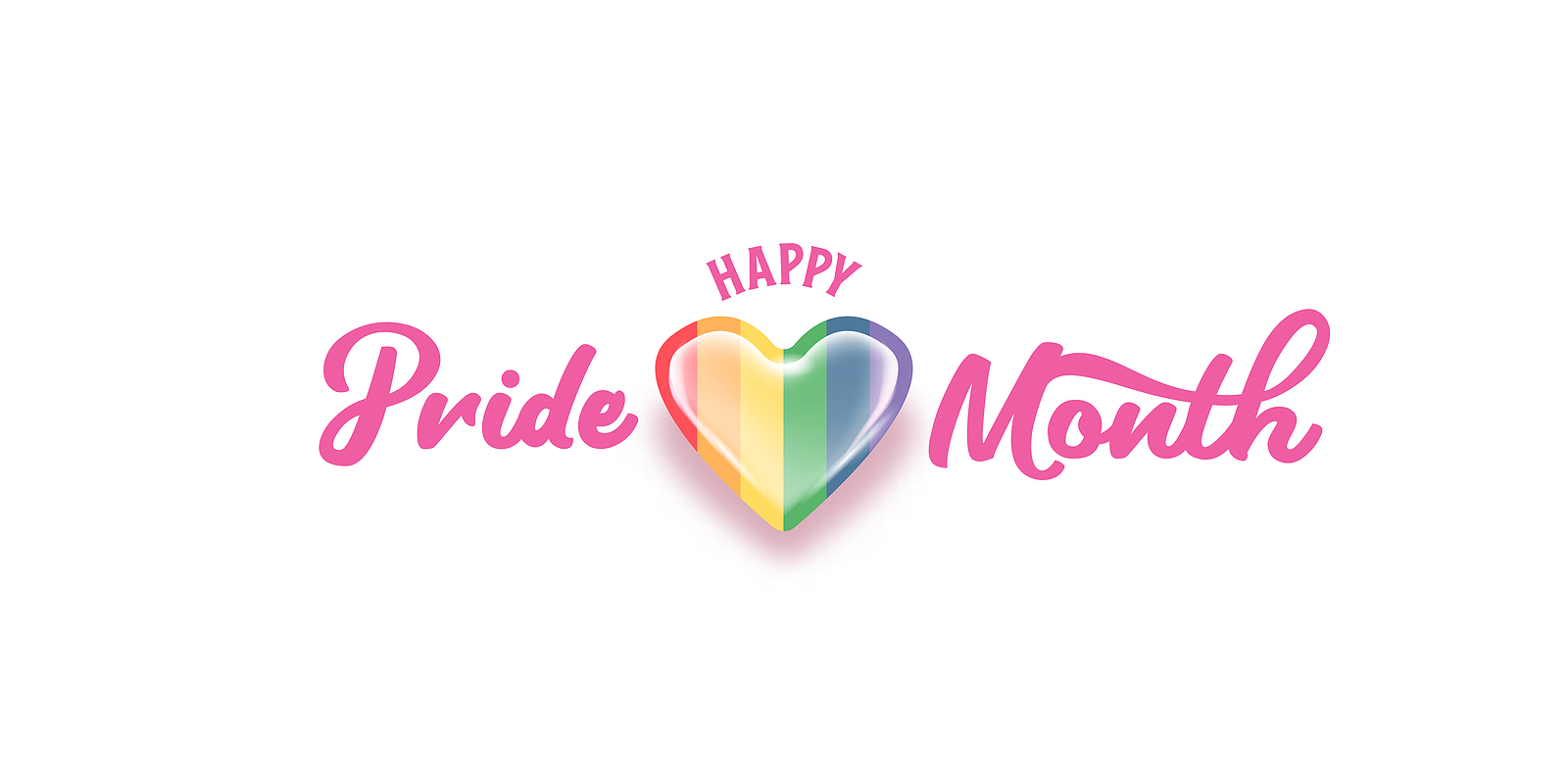There’s a lot of thought that goes into my writing here at PMG. Before publishing any content, I always ask myself, am I adding value to this conversation or topic, what are my motivations in writing this article, and what do I hope to gain?
Of course this is what I did when writing this article, as well.
Every year, June is celebrated as Pride month. What does that mean for employers and employees? Let’s start at the beginning.
Why Do We Celebrate Pride Month in June?
Pride Month is celebrated in honor of the Stonewall Uprising (also known as the Stonewall Riots). In the 1960s, police raids at gay bars were not uncommon and tensions were high. On June 28th, 1969, an early police raid occurred at Manhattan’s Stonewall Inn, which was a popular gathering spot for those who identified as gay. Riots broke out in response to the raid. As a result of the riots, and the very visible need for more acceptance and services for the gay community, individual activists convened into groups, demanding the right to live openly and without fear of persecution or arrest. This was considered a major event in the Gay Liberation Movement. However, it did not end discrimination.
As recently as October 2020, The Center for American Progress reported that:
- “More than 1 in 3 LGBTQ Americans faced discrimination of some kind in the past year, including more than 3 in 5 transgender Americans.”
- “Discrimination adversely affects the mental and economic well-being of many LGBTQ Americans, including 1 in 2 who report moderate or significant negative psychological impacts.”
- “To avoid the experience of discrimination, more than half of LGBTQ Americans report hiding a personal relationship, and about one-fifth to one-third have altered other aspects of their personal or work lives.”
- “15 percent of LGBTQ Americans report postponing or avoiding medical treatment due to discrimination, including nearly 3 in 10 transgender individuals.”
- “Transgender individuals faced unique obstacles to accessing health care, including 1 in 3 who had to teach their doctor about transgender individuals in order to receive appropriate care.”
What Can Employers Do?
First and foremost, look internally. Are you an ally? Do you provide a safe space? Or do you just talk a big game? It’s important that you do not utilize Pride Month as an opportunity to simply “rainbow-fy” your company logo or social media pages. You also need to take actionable steps to ensure that internal policy promotes equality and emphasizes fair employment for LGBTQ+ employees. Need suggestions? Here’s a few:
- Provide training on diversity and inclusion.
- Within your mission statement and internal goals, emphasize your support of LGBTQ+ people among other disenfranchised groups.
- Check your benefits package. Does it include things like adoption leave, maternity AND paternity leave, and health benefits for partners, not just spouses?
- Read through your anti-discrimination policy. Does it clearly state your anti-discrimination expectations and the consequences for those who don’t comply?
- Allow your employees to use non-binary pronouns and make a concerted effort to use the chosen pronoun(s).
- Create and offer employee resource groups (ERGs) or committees that act as support systems for LGBTQ+ employees and/or who provide guidance for your organization.
- Support LGBTQ+ people in your local area by actively participating, sponsoring, and/or emphasizing events and resources to those within your organization.
When doing this, remember that “your actions speak louder than your words”. It’s not just about positive press but about a diverse, inclusive workforce. It also needs to be all year round, not just for one month. Your audience will know whether your authentic or not!
What Can Co-Workers Do?
As an employee, you can do the following to show support for your LGBTQ+ coworkers:
- Pay attention to subtle (or not-so-subtle) acts of bias, whether it be comments, memes, jokes, or actions. Call out the transgressor in a respectful way or report what you’ve seen or heard to your HR department.
- Not 100% confident in your ability to communicate this? You can check out PMG’s blog post about communicating at work or read many other online articles for tips & tricks.
- Validate the feelings of LGBTQ+ co-workers after you notice acts of bias.
- Use the preferred non-binary pronoun(s) of your coworker(s). Many employees identify with non-conforming genders so rather than “he” or “she”, it is preferred that you use “they” or “them”.
- Educate yourself. Learn the history, the definitions, the struggles, the facts, and the fiction!
- Review your company’s policies. Are there clear anti-discrimination policies? If so, great but are they being followed? If not, then it’s your job to speak to HR and other higher-level executives to push for change.
- Participate in events that celebrate and promote diversity and acceptance for the LGBTQ+ people within your local community.
- Donate to charities directly affecting and working to change the lives and experiences of LGBTQ+ people. The Trevor Project is a leading organization across the United States, but it’s just one of many!
With all that said, whether you’re an employer or an employee, keep in mind that although Pride Month is a celebration of and a fight for the freedom of LGBTQ+ people, it can’t go without saying we can celebrate love and freedom always.
Kim Mooney, Technical Manager & Coach








